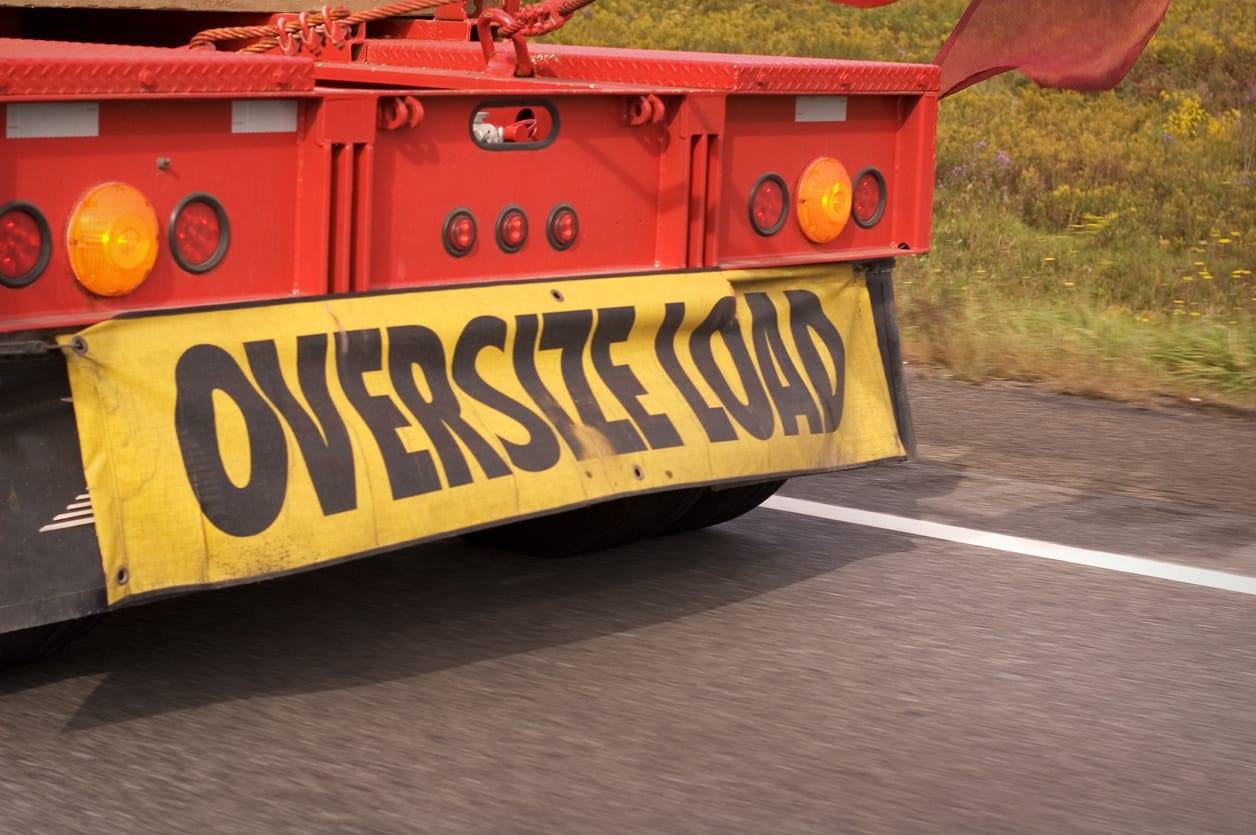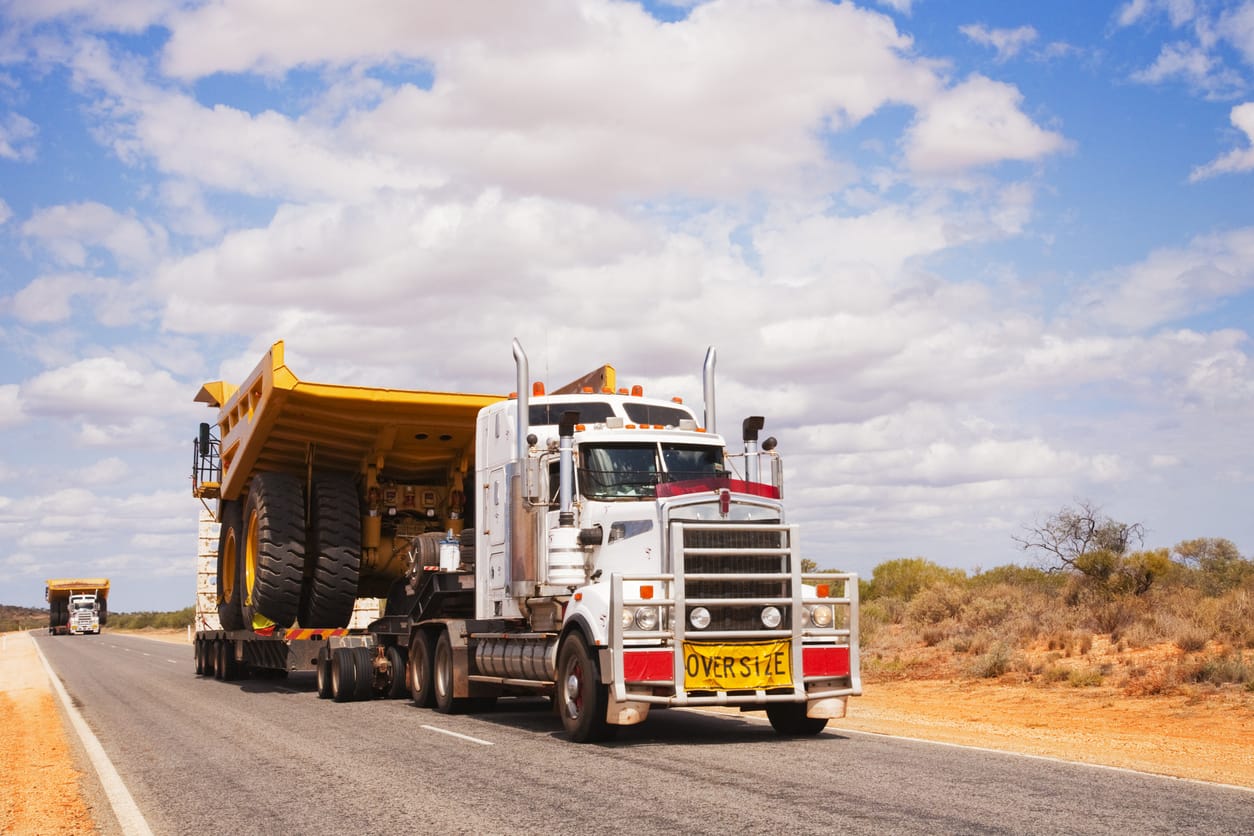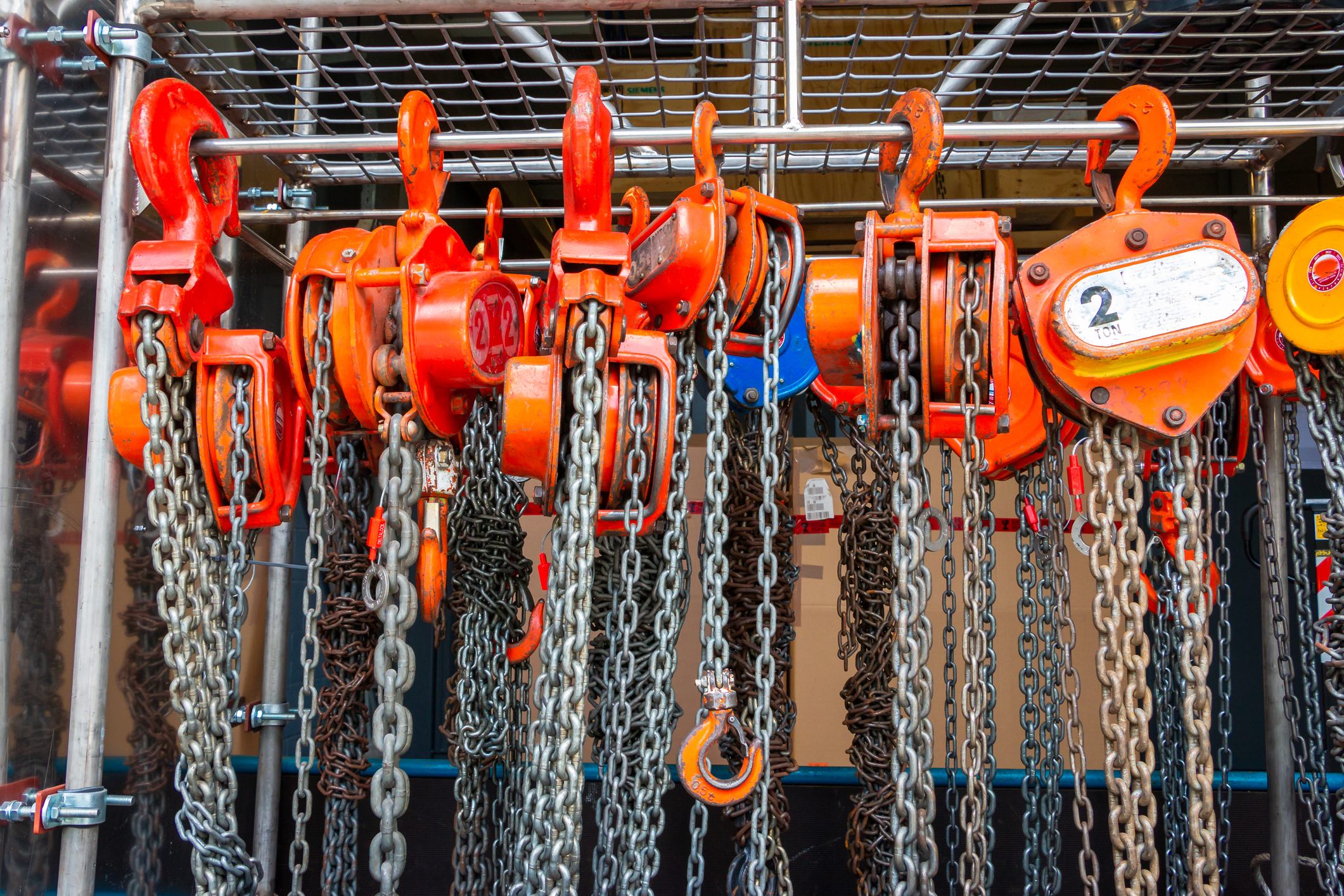If you fully understand it, you won’t have any problem navigating the process. What is wide load shipping, how does it work, and why is it so important? Keep reading to find out the answers to these questions and more.
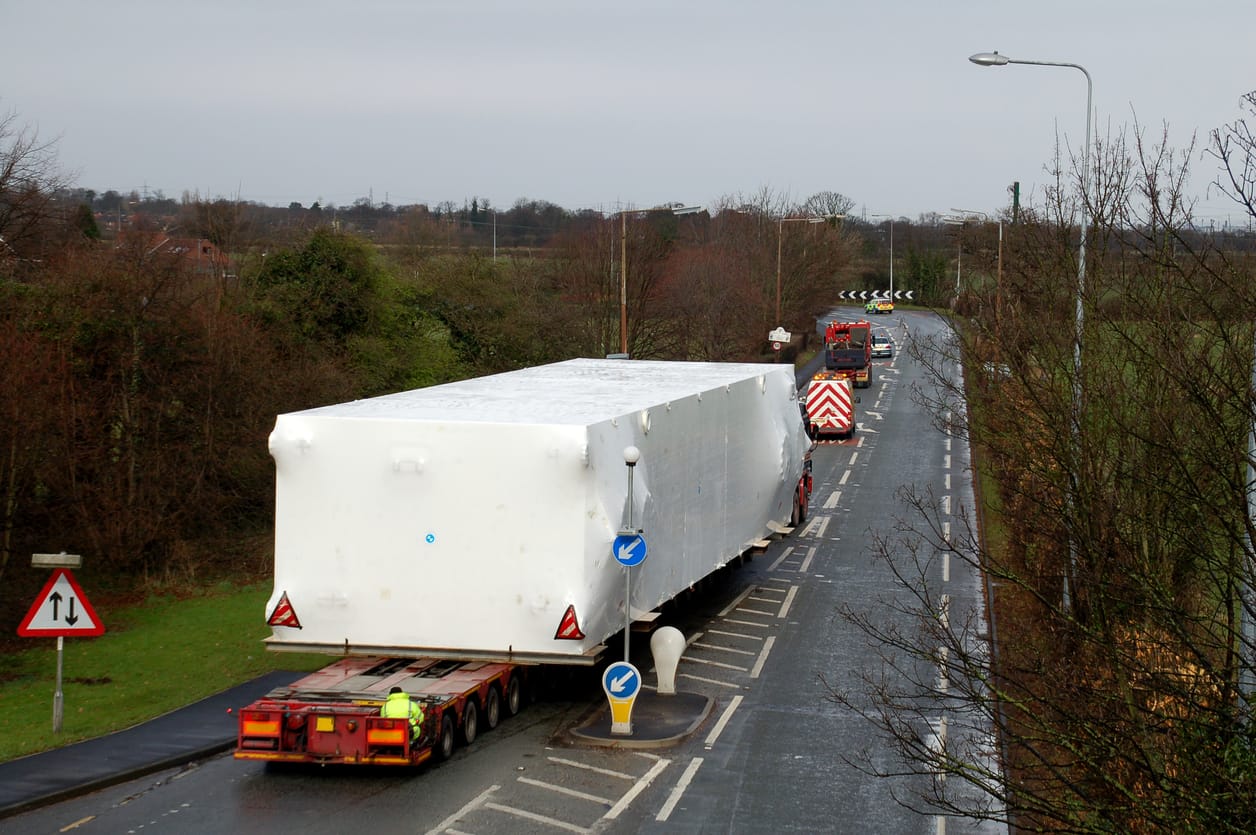
Transporting cargo that doesn’t adhere to the rules for a typical load as set forth by the US Department of Transportation is known as wide or oversized load shipping. The dimensions vary from state to state, but there is a standard limit because it is not a federal issue. The sector is quite popular, as seen by the over 5 million wide load licenses issued yearly.
It differs from ordinary shipping in that these loads are more difficult to carry, whereas standard loads, like vehicles, are reasonably easy to transport as long as weight constraints are met. Before receiving permission, you must adhere to several rules and specifications. Despite the industry’s financial success, you must take caution in selecting the firm you work with.
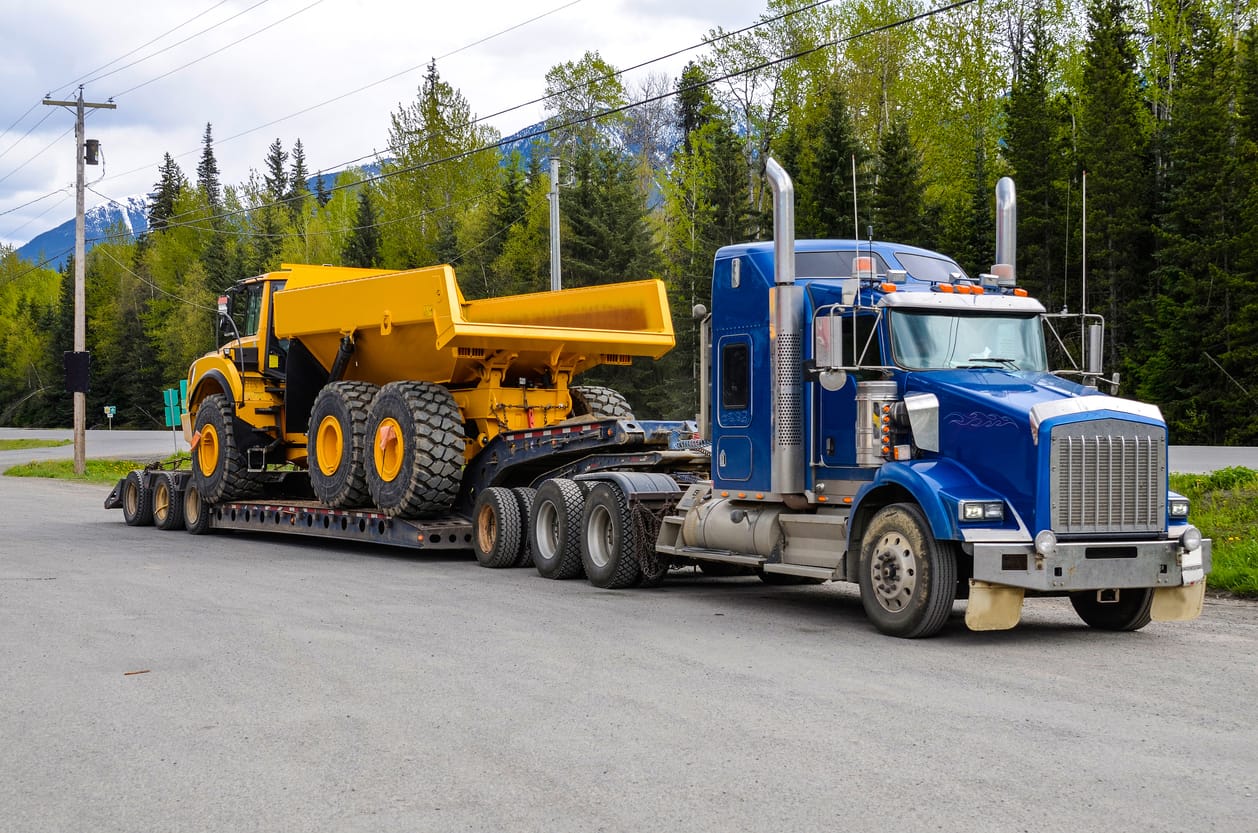
All states restrict interstate shipments’ length, height, width, and weight, and the measures used to identify large cargoes differ considerably from state to state. Wide and oversized loads typically refer to the same thing since the width is by far the limiting and constant element. Because the measurement is based on the average width of interstate lanes, any cargo with a load width of over 8.5 feet is considered an oversized load. Height and length also play a factor, any load taller than 8.5 feet and longer than 50 feet classify as a wide load.
Weight constraints are imposed per axle, and if the load isn’t distributed appropriately, it’s simple for a shipment to violate axle limits even if it’s under the overall weight limit. By being aware of the axle weight restrictions, you can modify your load to make the cargo acceptable without the requirement for extra permissions. Additionally, there are particular limitations on bridge weights and federal weight standards to consider.
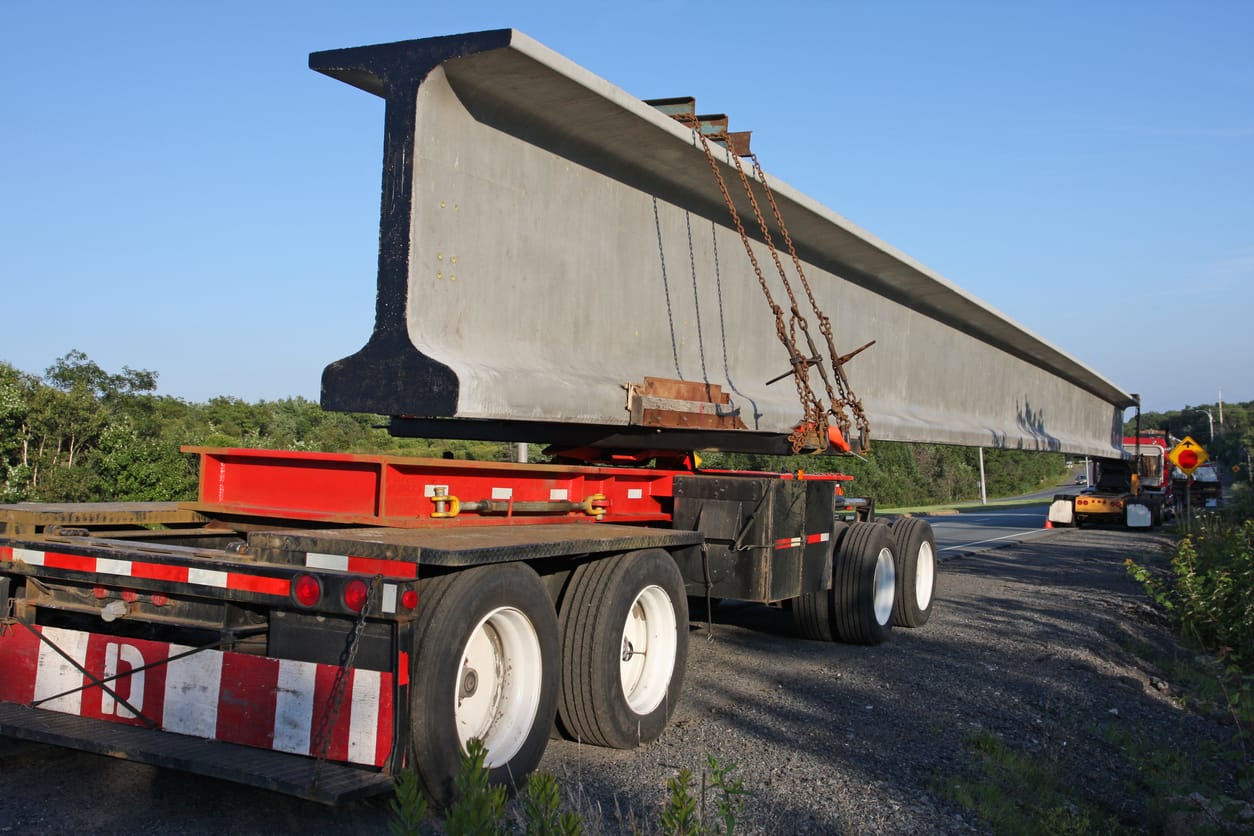
Although the weight restriction is 46,000 pounds, the load won’t necessarily be weighed on a huge scale and evaluated as a whole. For shipping freight, a technique known as weight according to per axle basis is employed. As the name suggests, loads are calculated based on the weight distributed evenly over each axle of the transport vehicle.
From center to center, the weight is figured out. Less than 40 inches should separate the axles from one another. This is a valuable technique because, in some cases, even though the weight is beyond the trailer’s capacity in some locations, it may be balanced out or eliminated by moving some of the load to another area.
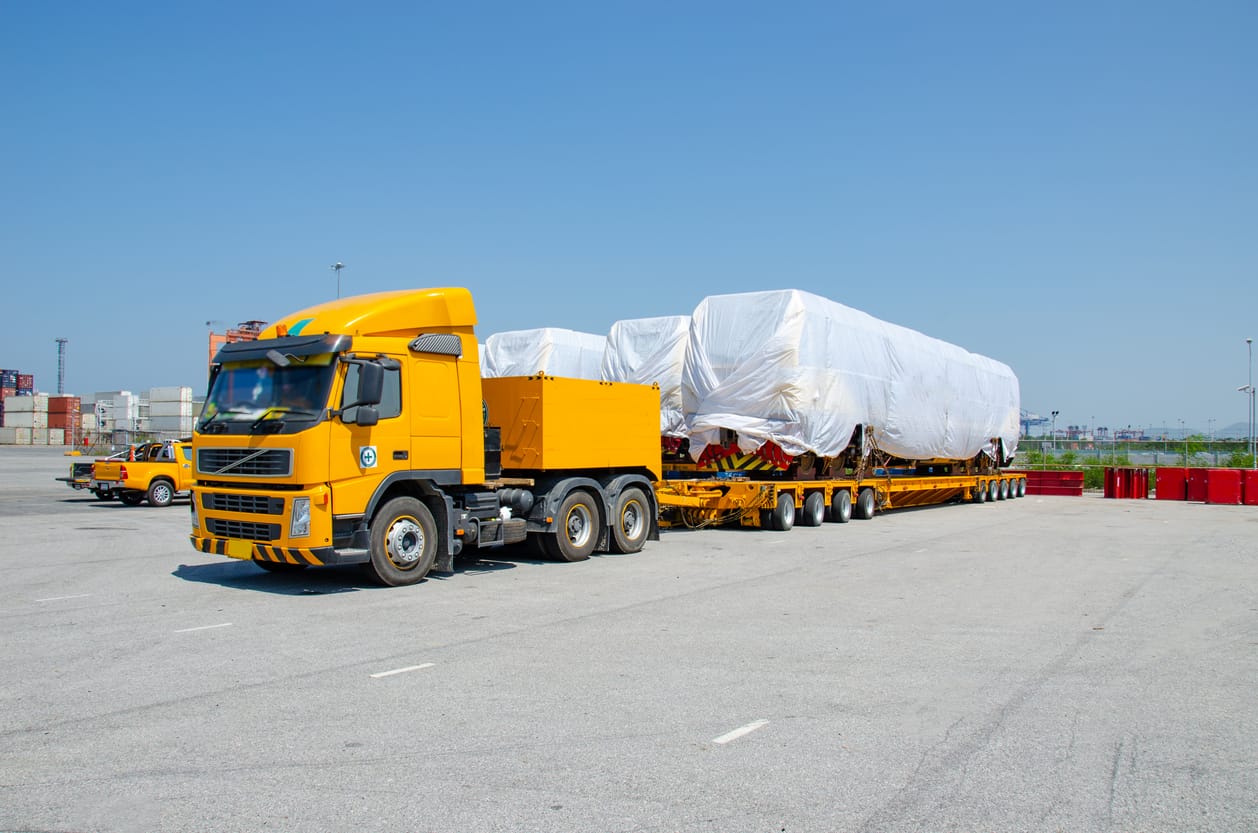
The federal government does not issue oversize cargo permits. State governments are in charge of laws and licenses. Checking the laws in each state and obtaining the necessary permissions state by state are required for multi-state shipping. To apply for permits as a carrier, you must have liability insurance that satisfies state requirements.
Many states require you to use particular routes while utilizing state highways in addition to permits. When requesting a permit, you must include the precise path you intend to follow. Be warned that certain towns and cities also want permits. Only a few states, like Georgia, may provide licenses on behalf of regional organizations. When you submit your route, other states will notify you of any local requirements, but you are still responsible for requesting and obtaining any necessary local permissions.
Flatbed trailers are the most popular way to move large and huge cargo since they don’t have a roof or any other physical restrictions. Thus even if the load is wider than the vehicle, it won’t pose any issues.
Additionally, companies like Ship A Car, Inc. can use flat racks with borders on both ends. Because the bottom deck of a drop deck or lowboy trailer can accommodate loads up to 12 feet long, it is handy for loads on the higher side. A gooseneck trailer is suitable for big loads because it provides excellent weight distribution.
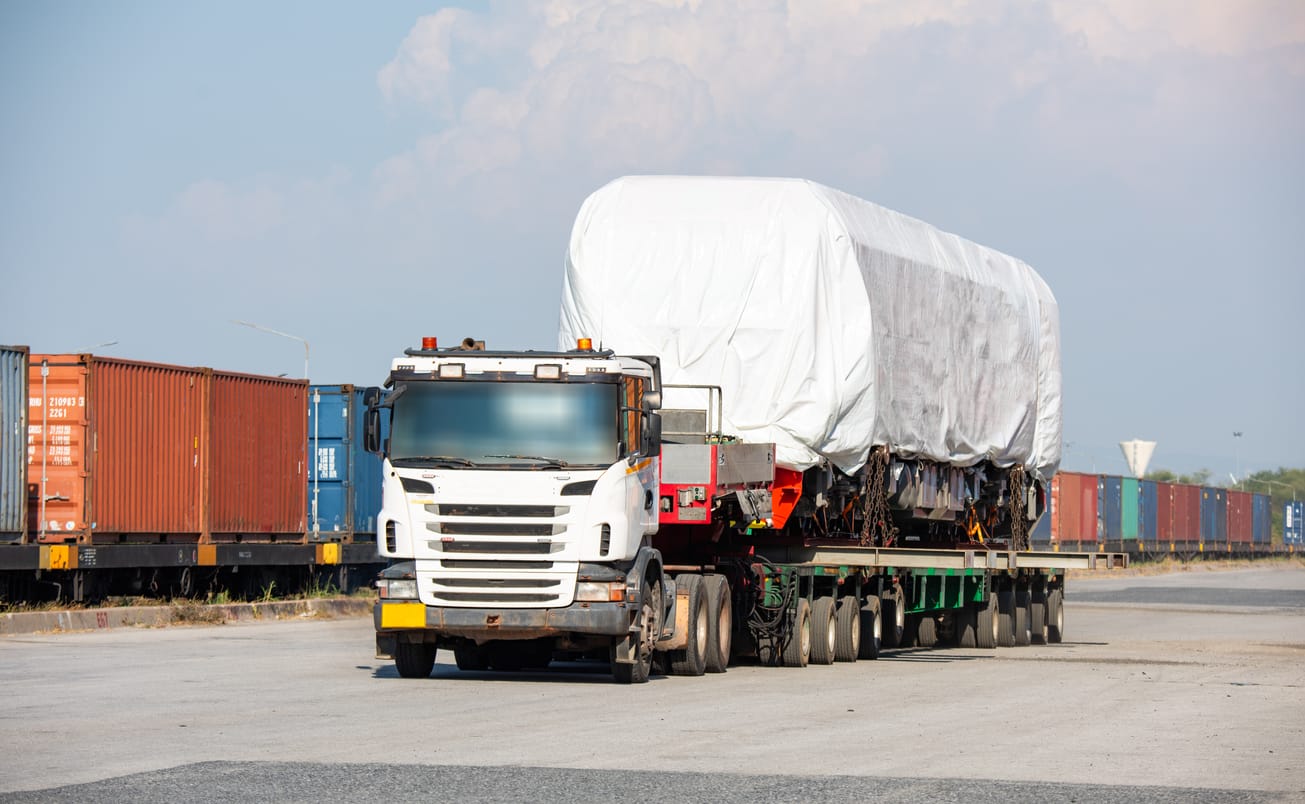
If a load exceeds a specific limit, escorts are required. Loads 10 to 12 feet long may need two escort cars, one at the rear and one at the front because many roadways are 12 feet long. Some states demand pilot cars for every wide load, while others just for those above a predetermined limit.
These cars are designed to function as a barrier between regular passengers and trucks to prevent accidents or other issues. For the truck to pass or make a turn without difficulty, passengers should strive to create space between the cars. There is no room for automobiles to pass through. Thus this caution is especially crucial for cargo that is 12 feet long.
Ship A Car, Inc. (SAC) is here for all of your wide load shipping needs. Feel free to give us a call at (866) 452-3657 to get more information and your free quote to transport your wide load.
